WANT EVEN MORE HEALTHY IDEAS FROM SHAPE YOUR FUTURE?
Lots of people love gardening, and it’s easy to see why.
Gardening can reduce stress, lower your blood pressure and improve your mood.
It can upgrade your diet with fresh fruits and vegetables, and it can help you find a whole new set of friends with the same hobby — fellow gardeners.
Where’s a good place to start? Let our friends at Oklahoma Gardening answer your questions about how to grow your gardening passion.
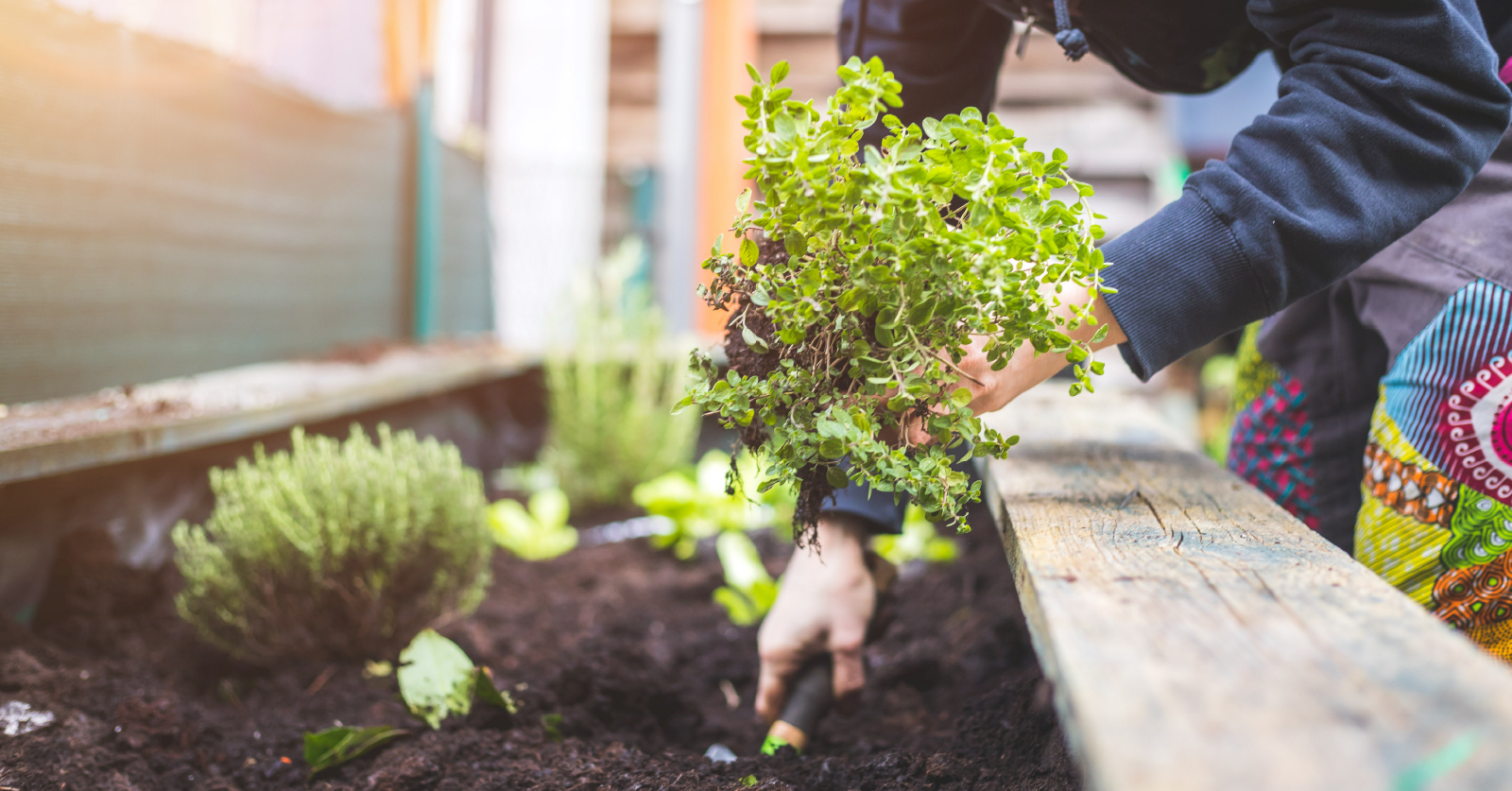
Can I still garden if I don’t have a green thumb?
Absolutely! We have never met a gardener who hasn’t killed a plant. Gardening is about learning from experience, experimenting and starting with simple steps. If you go into it with a positive attitude and a little preparation to find the right plant for your environment, you are 75% of the way to success.
Different plants have different requirements. Here’s how to pick your first plants:
1. Select the right plant for the environment where you are going to plant it.
2. If you’re new to gardening, look for a low-maintenance plant. Houseplants, herbs and succulents are often popular because they are resilient and forgiving.
3. Learning how to take care of and water your plants will help them thrive! Proper watering can sometimes be tricky because it isn’t always on a regular schedule, especially for outdoor plants that are exposed to the elements — so be patient!
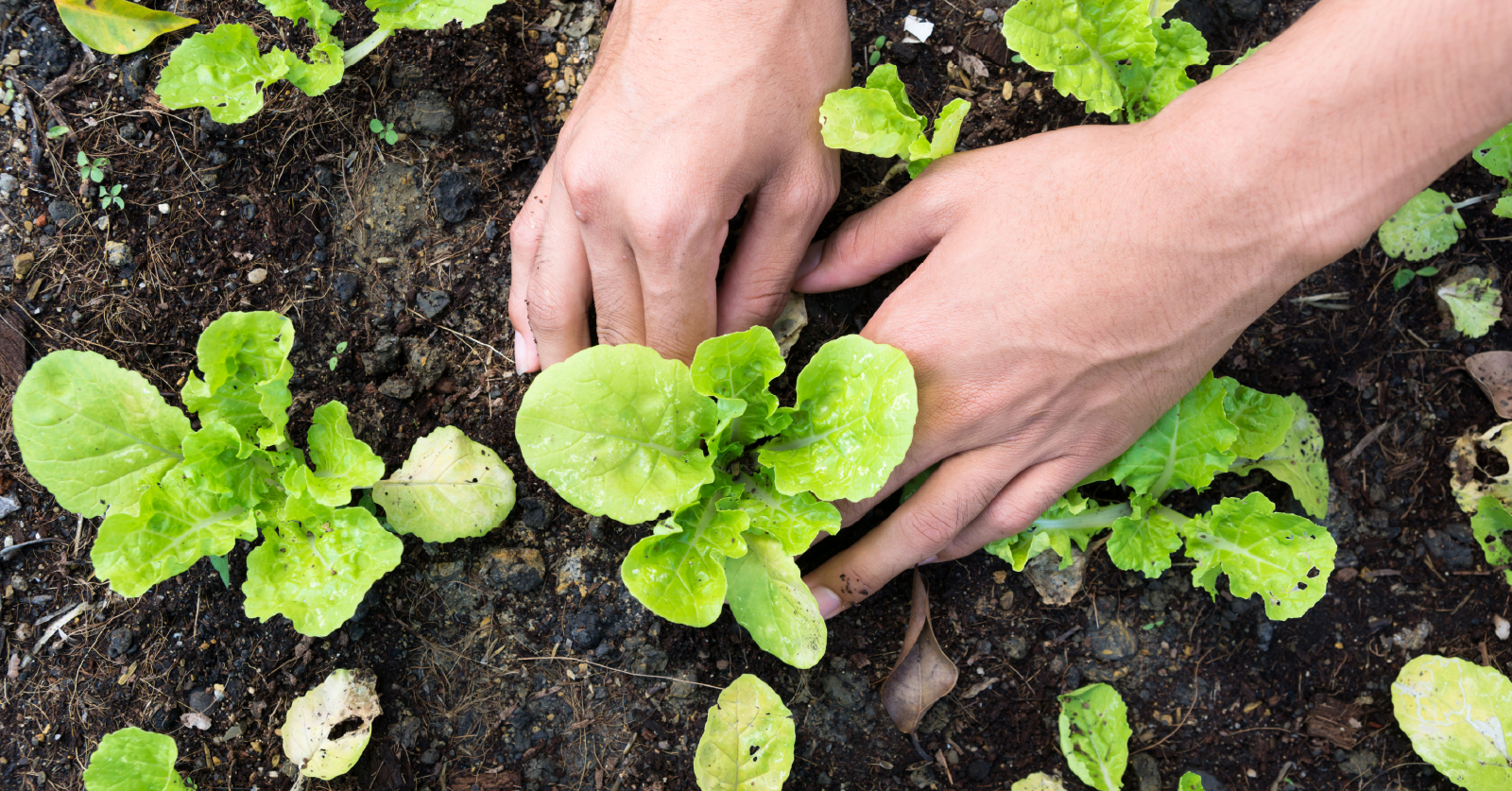
What are the easiest plants for beginners?
Some plants are easier to care for and more forgiving than others. Beginners should consider starting with low-maintenance options like succulents or herbs. Both can handle being on the drier side, so they won’t mind as much if you forget to water.
Vegetables — like lettuce, radishes or carrots — are also beginner friendly, as they grow quickly and have a short timeframe until harvest. Because they are smaller vegetables, you can grow them easily in a small container — making them the perfect fit to establish a beginner patio garden.
How do I choose the right plants for your conditions?
Plants need the right environment to grow. Some prefer full sun while others love full shade.
Start by looking at the conditions of your backyard, patio or balcony: how much sunlight does it get? Do you have sandy soil that drains water readily, or is it clay and stays saturated often? What is the climatic temperature range for your area? If you want a plant that will survive the Oklahoma winter, look for one that says it is hardy to zone 6.
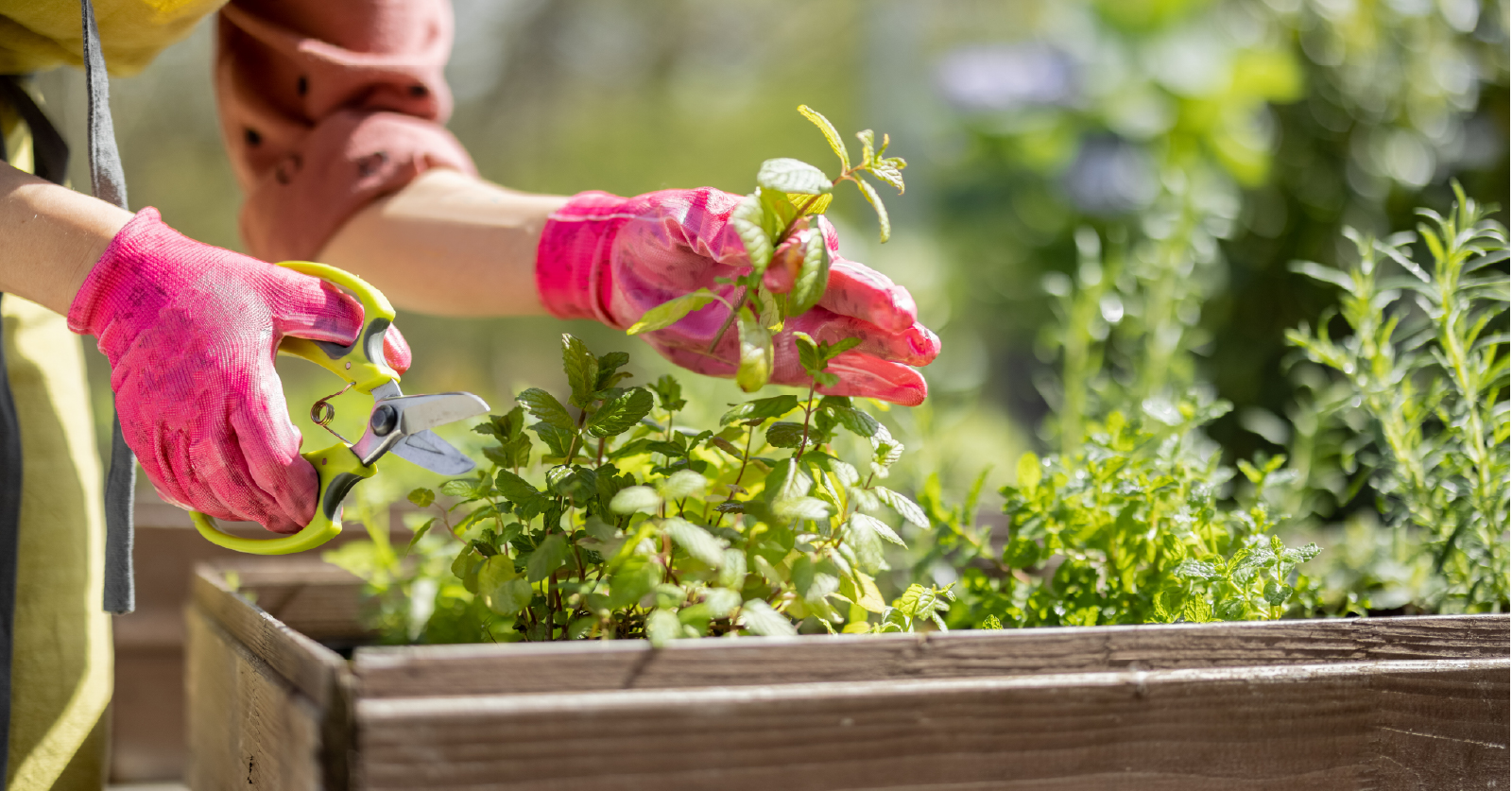
How do I make sure my plants get enough sunlight?
Most plants need at least 4-6 hours of sunlight per day to grow well. Check how much sun different areas of your garden receive throughout the day. While we might often just think we have a front yard and a backyard, there are other things to consider.
Place sun-loving plants in the brightest spots: often the south and west-facing sides of your house will receive more sun exposure. Shade-loving plants can go in areas that receive filtered or partial sunlight, often found on the north or east side of your house. A little research on plant needs can help ensure you’re placing them in the right spots.
What’s the easiest way to water my plants?
Overwatering and underwatering are common mistakes, but it’s easy to get it right. The best way to know when to water is by sticking your finger into the soil. A simple rule is to water when the top 1-2 inches of soil feels dry. Water your plants deeply, but less frequently. This encourages your plant to produce deeper roots, so they won’t be as prone to dry out.
For containers, you want to water until the water flows out the bottom holes to ensure that the water’s reached every bit of soil. Then, make sure it can drain and isn’t sitting in water, as this can cause rot. Also, consider adding a layer of mulch around your plants to retain moisture and reduce the need for frequent watering.
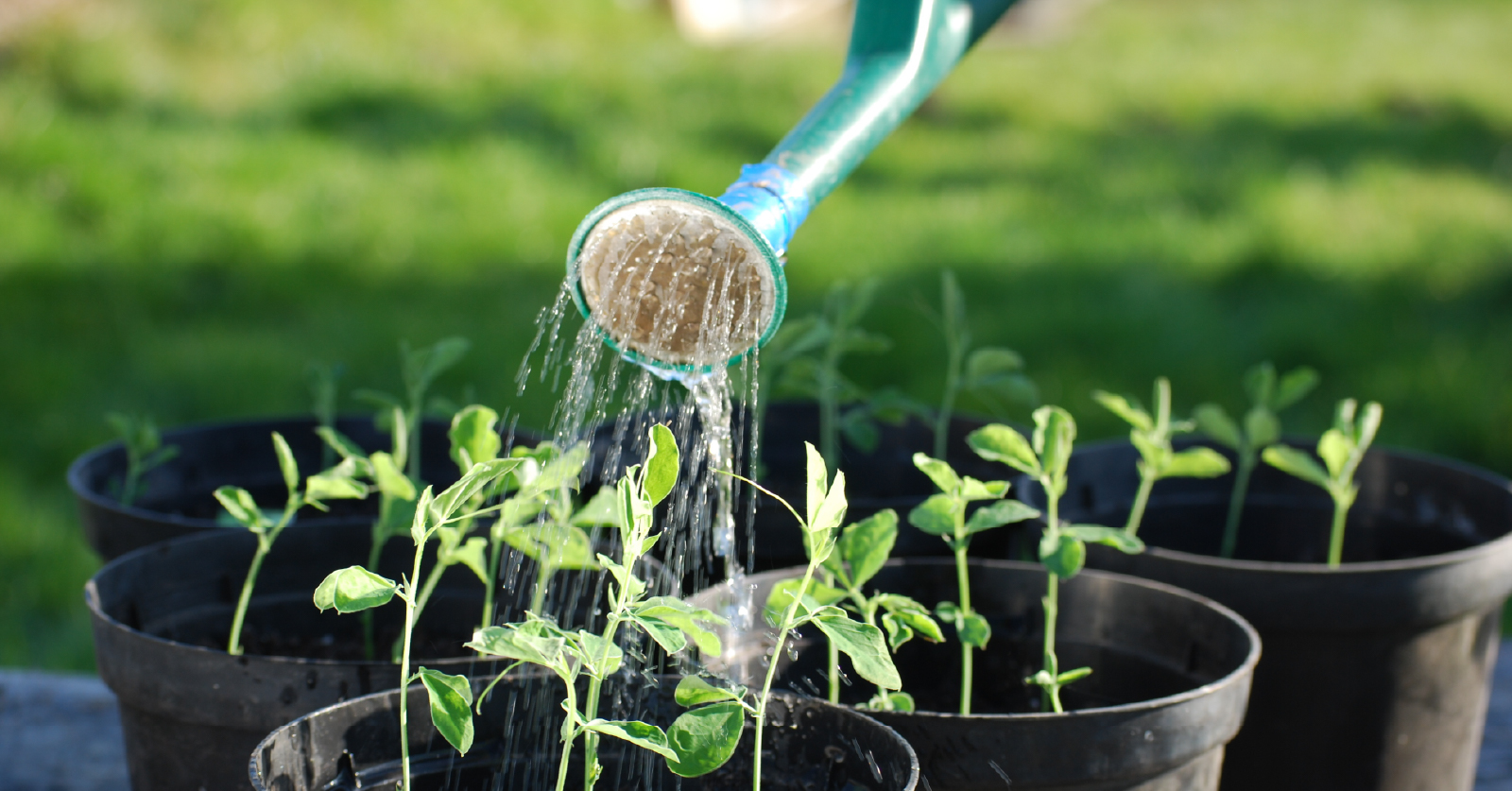
How can I avoid killing my plants with overwatering?
Overwatering is a common mistake for those new to gardening. This is especially common with houseplants when someone might not realize their pots don’t have drainage holes in the bottom, leaving the bottom of the plant to rot. Of course, we don’t want our houseplants to drain onto our furniture, but instead, look for pots that have drainage holes, and then get a saucer to use underneath.
Ensure your plants are also in well-drained soil. For containers, this means using potting soil, not garden soil. If you have clay soil in the garden, you may want to consider raised bed or container gardening. Always check if the soil is dry before watering. Many plants prefer to dry out slightly between waterings. If the soil is still damp, hold off.
How can I improve my gardening skills?
Practice is key! Start with small projects and learn as you go. Don’t be afraid to make mistakes — they are an opportunity to grow. You can also read gardening books, watch tutorial videos or attend workshops to build your knowledge. Join gardening communities where you can ask questions and share experiences.
There are many online resources, but some of the best resources are your local OSU Extension Service office, Master Gardeners and garden clubs. They will have similar environmental conditions, collective years of experience to offer solutions and maybe even free plants!
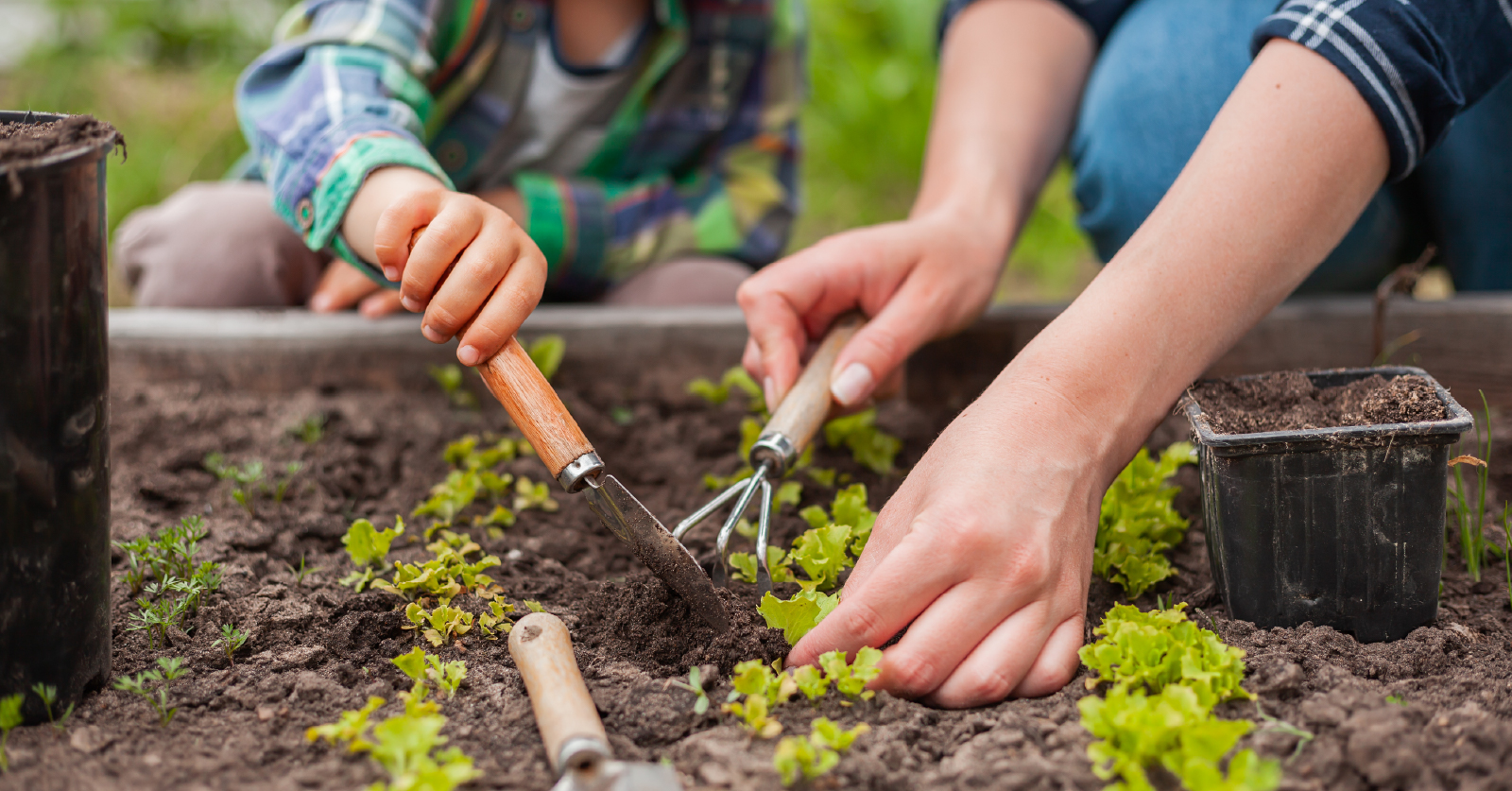
What can I do to make my soil healthier?
Healthy soil is essential for plant health. If you’re unsure about your soil, you can get it tested for pH and nutrients through the OSU Extension Service. Adding the right amendments can give your plants the best start. Adding compost, organic matter or well-rotted manure will enrich your soil and help improve drainage, nutrient levels and soil structure.
How do I deal with pests without using harsh chemicals?
For beginners, it’s best to take a natural approach to pest control. Know what you are dealing with through proper identification. Extension can help with this. Many bugs, if not most, are not bad. Encourage beneficial insects like ladybugs, which eat aphids, or use natural remedies such as neem oil or insecticidal soap. Check plants regularly for pests and remove them by hand if needed.
How do I make sure I don’t lose interest in gardening?
Start with something small and manageable. Don’t overwhelm yourself with a large garden. Regardless of what plant you are trying to grow, the most important thing to grow the first season is your confidence in being able to grow anything. Choose plants that are easy to care for and set realistic expectations.
Celebrate your successes — whether it’s seeing your first bloom or harvesting your first vegetable — and remember, gardening is a journey. Track your progress and enjoy the process rather than focusing on perfection.
Gardening requires some effort and planning, but the results are wonderful: a fun, stimulating outdoor hobby that can even provide fresh food. Start eating healthier from your own garden today!




